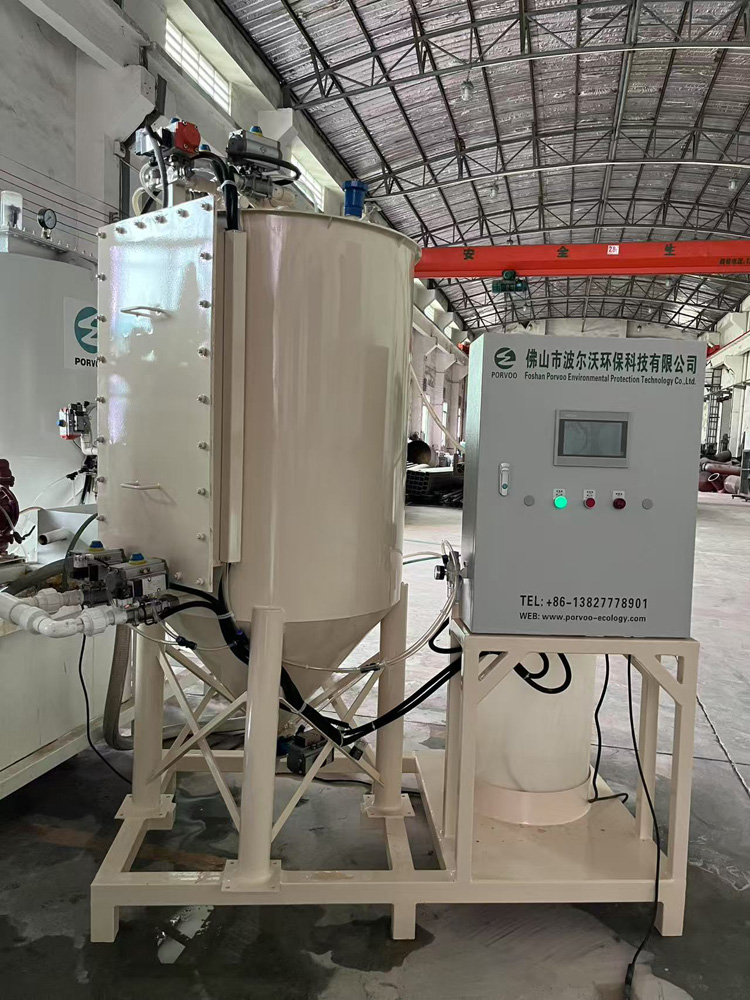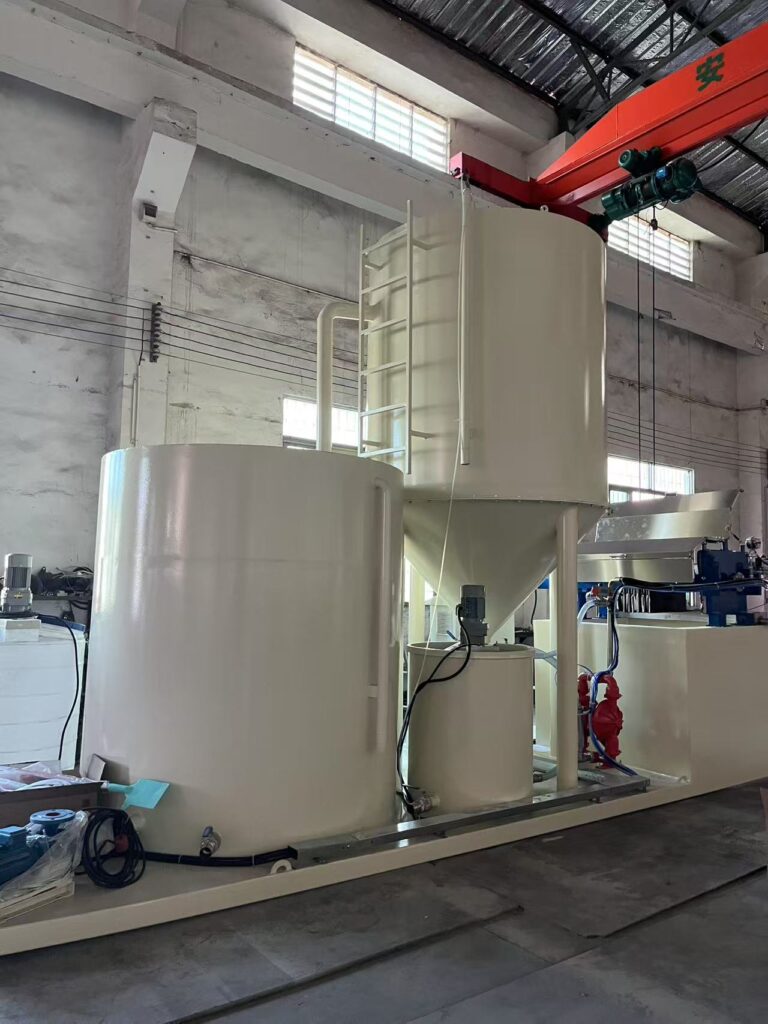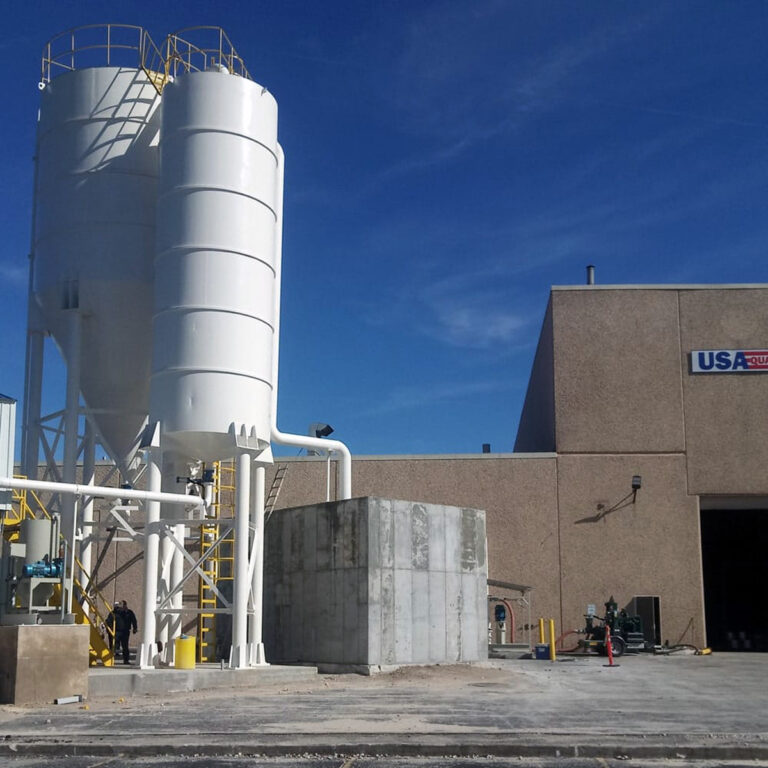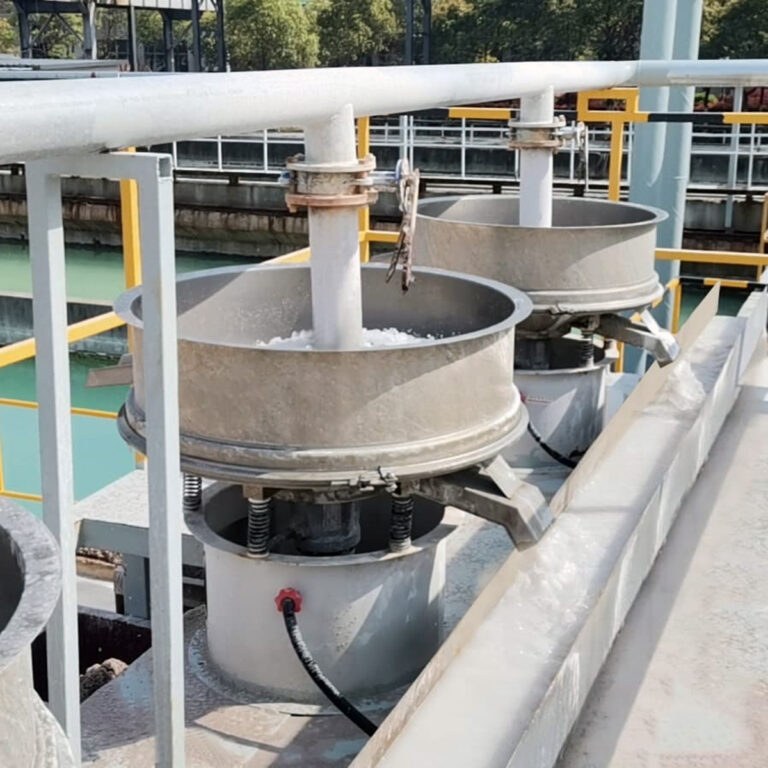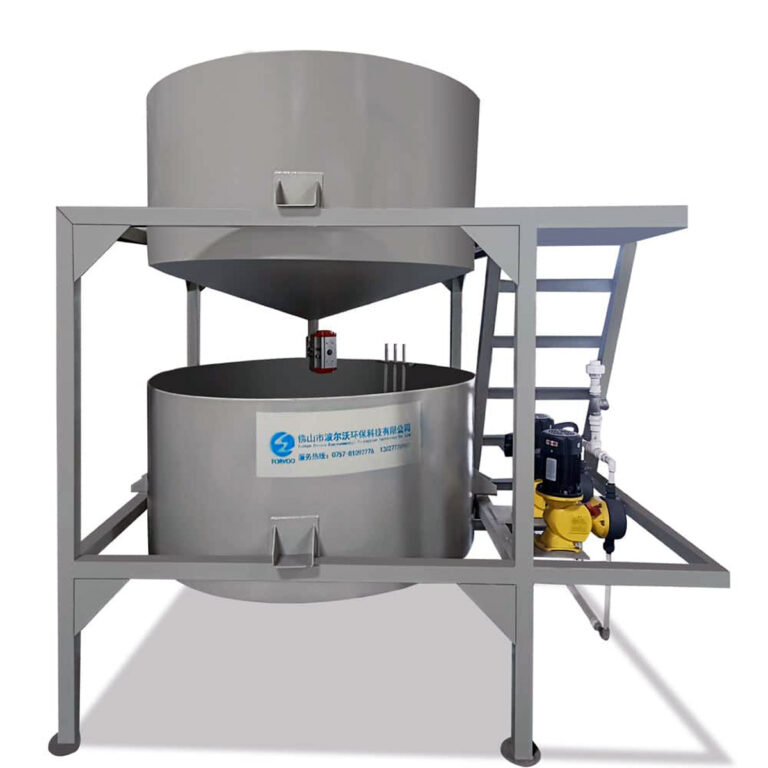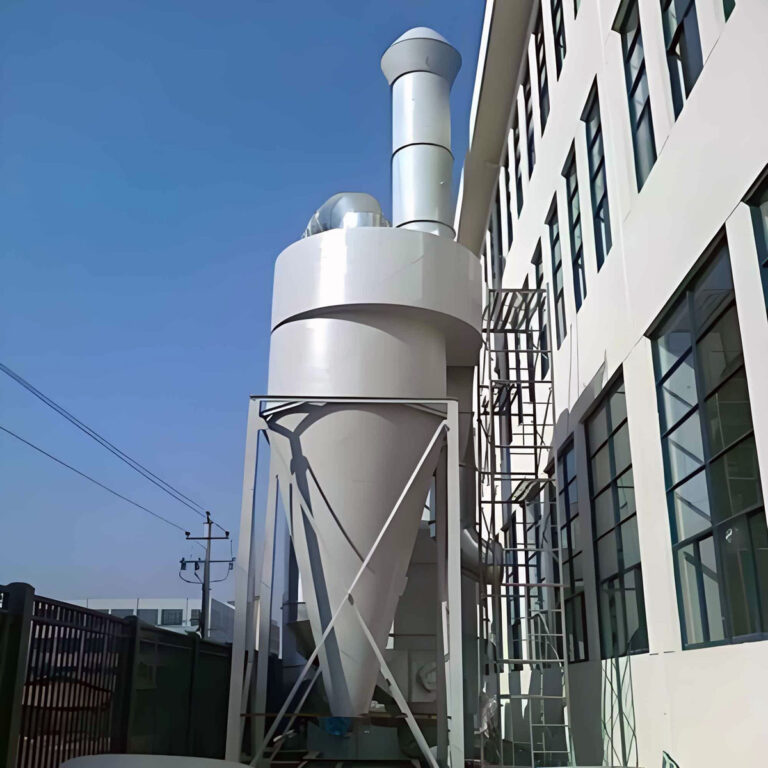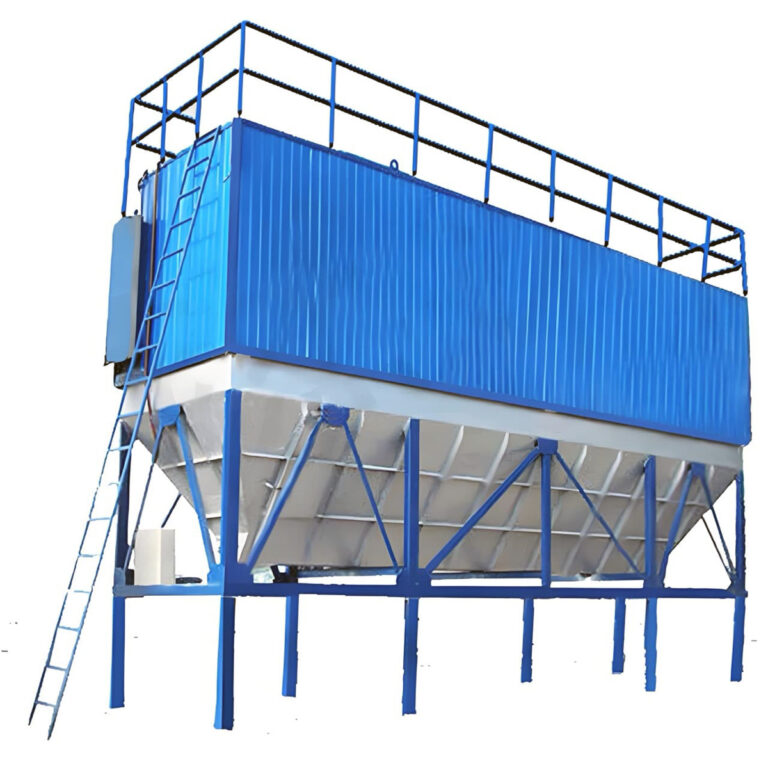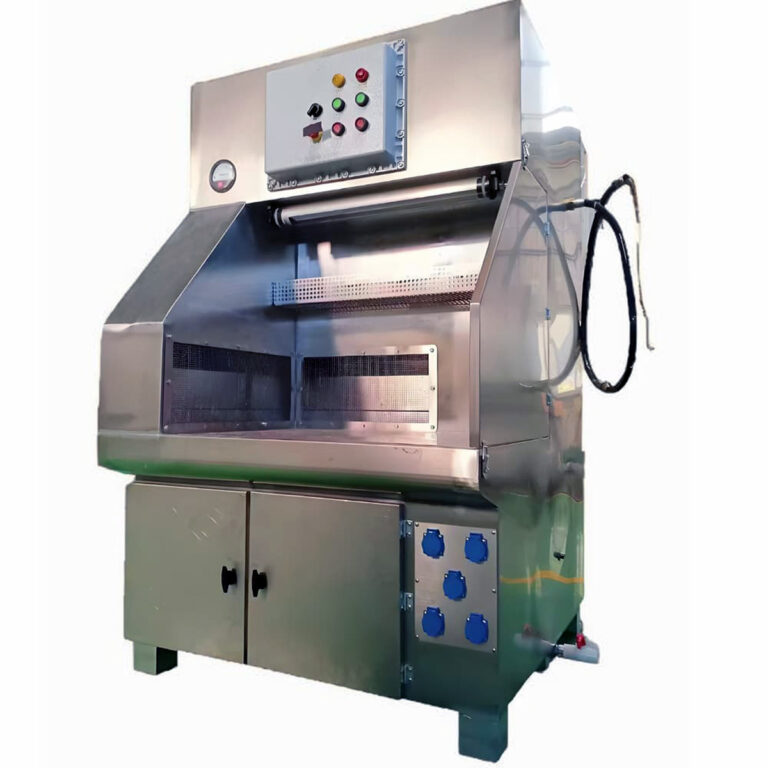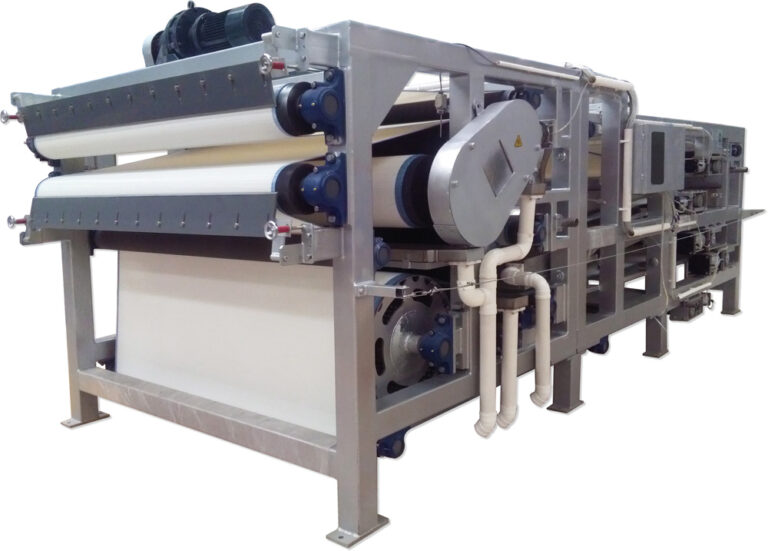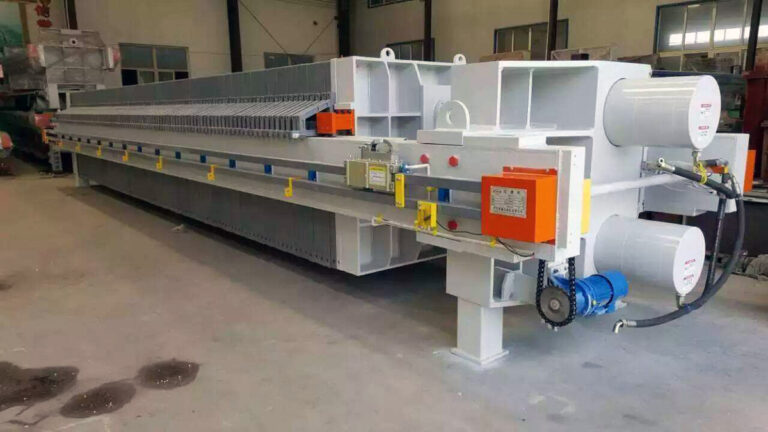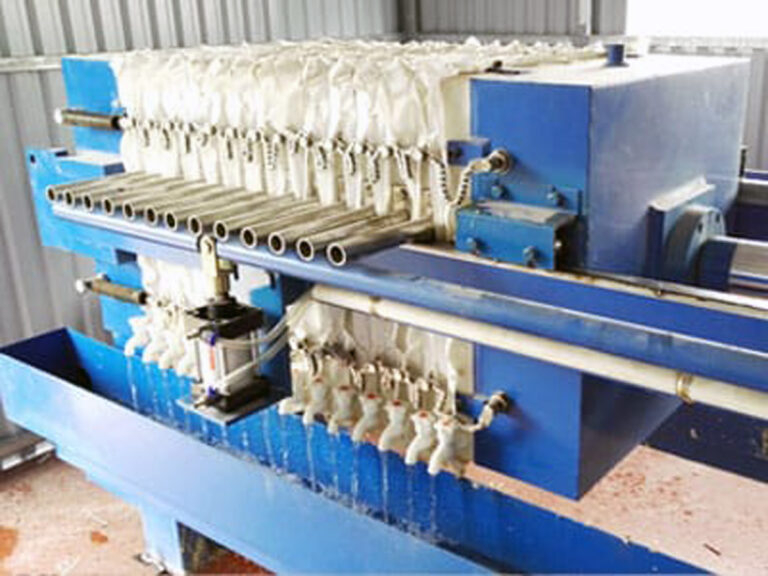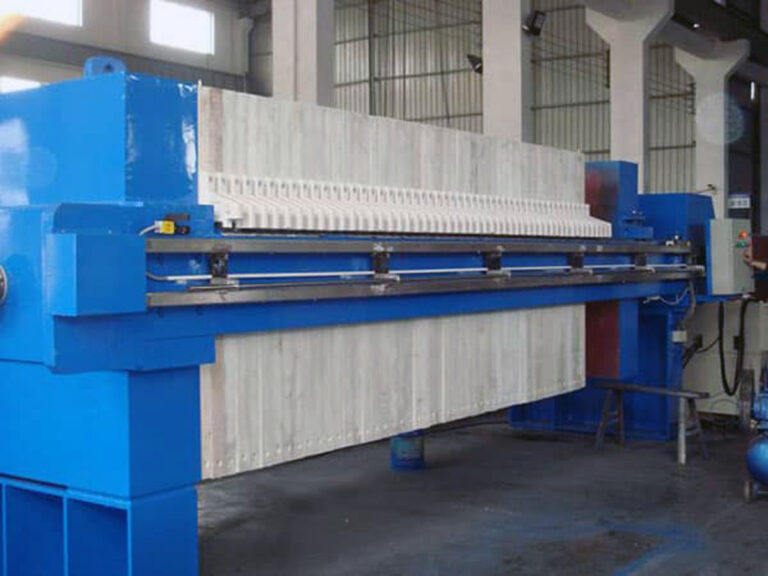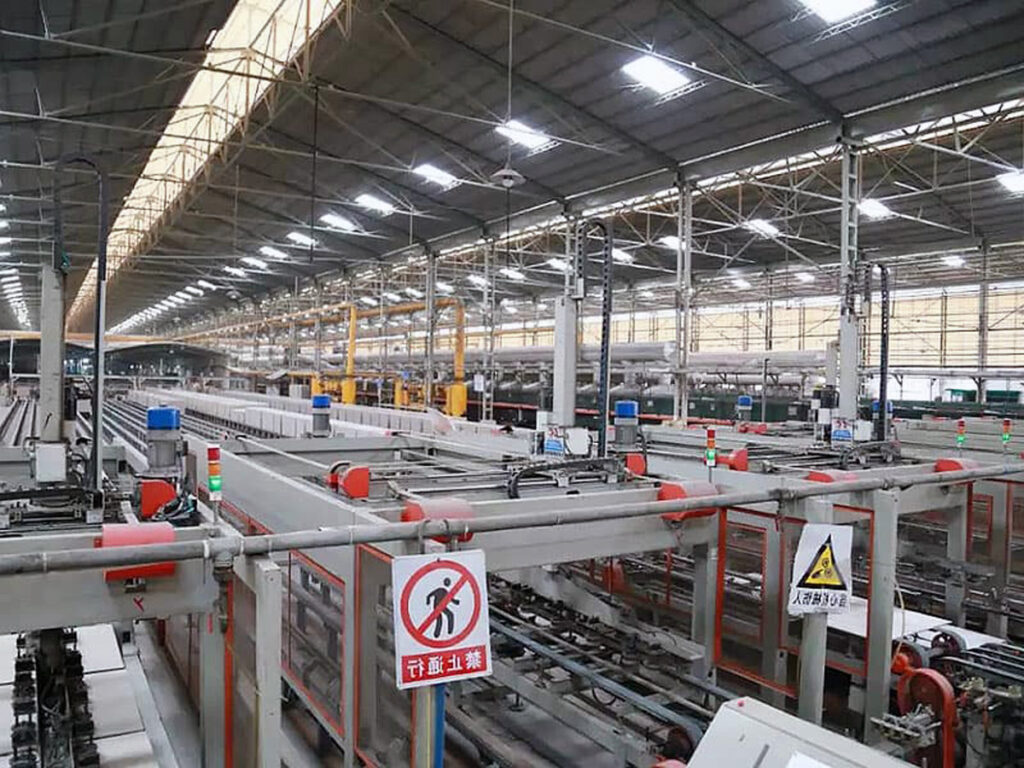Industrial facilities worldwide lose approximately $50 billion annually due to equipment failures and contamination-related downtime, with inadequate filtration being a primary culprit. You’re likely facing mounting pressure to optimize your filtration systems while managing increasingly complex operational requirements. Without proper understanding of filtration equipment basics, many facilities struggle with premature equipment failure, regulatory compliance issues, and spiraling maintenance costs that can exceed 40% of total operational budgets.
These consequences extend far beyond immediate financial impact. Poor filtration decisions create cascading effects: contaminated products, environmental violations, worker safety risks, and damaged reputation. The complexity of modern industrial processes demands sophisticated filtration solutions, yet many decision-makers lack the foundational knowledge to make informed choices.
This comprehensive guide provides the essential knowledge you need to master industrial filtration fundamentals. You’ll discover proven selection principles, understand critical performance parameters, and learn from real-world case studies that demonstrate successful implementations. PORVOO has compiled decades of filtration expertise into actionable insights that will transform your approach to industrial filtration challenges.
What Are the Core Industrial Filtration Equipment Basics?
Understanding Filtration Mechanisms and Principles
Industrial filter basics center on three primary separation mechanisms: mechanical straining, depth filtration, and surface filtration. Mechanical straining operates like a sophisticated sieve, physically blocking particles larger than the filter media openings. This mechanism typically handles particles ranging from 10 to 500 microns with efficiency rates exceeding 95% for properly sized applications.
Depth filtration captures particles throughout the filter media thickness, creating a tortuous path that traps contaminants through multiple mechanisms simultaneously. Surface filtration concentrates particle capture at the filter surface, enabling easier cleaning and cake removal. In our experience, understanding these mechanisms is crucial because each application may require different approaches or combinations thereof.
Research from the Filtration & Separation Society indicates that 70% of filtration failures stem from mismatched mechanisms to application requirements, emphasizing the importance of proper fundamental understanding.
Types of Industrial Filter Systems
Industrial filtration systems fall into several categories, each designed for specific operational parameters. Bag filters excel in high-volume, moderate-efficiency applications, typically achieving 85-99% efficiency while handling flow rates from 100 to 10,000 CFM. Cartridge systems offer superior efficiency (99.9%+) but at reduced flow capacities, making them ideal for critical applications requiring exceptional cleanliness.
| Filter Type | Efficiency Range | Flow Capacity | Typical Applications |
|---|---|---|---|
| Bag Filters | 85-99% | 100-10,000 CFM | Cement, food processing |
| Cartridge Systems | 99.9%+ | 50-5,000 CFM | Pharmaceuticals, electronics |
| Ceramic Filters | 99.95%+ | Variable | High-temperature processes |
Membrane filtration represents the precision end of the spectrum, with microfiltration handling 0.1-10 micron particles and ultrafiltration managing molecular-level separation. These technologies demonstrate remarkable efficiency but require careful consideration of operating pressures and membrane compatibility with process fluids.
Key Performance Parameters
Filter performance evaluation requires understanding multiple interconnected parameters. Efficiency ratings, while important, tell only part of the story. Pressure drop characteristics directly impact energy consumption and system capacity. A filter system with 99% efficiency but 15 inches of water column pressure drop may consume 300% more energy than a 95% efficient system with 5 inches pressure drop.
Dirt holding capacity determines replacement frequency and operational costs. High-quality pleated filters typically hold 150-400 grams of dust per square foot of media area, while economy filters may manage only 50-100 grams before requiring replacement.
How Do Basic Filtration Principles Apply in Industrial Settings?
Particle Separation Mechanisms
Basic filtration principles in industrial environments involve complex interactions between particle characteristics and filter media properties. Inertial impaction becomes dominant for particles larger than 1 micron at air velocities exceeding 5 feet per second. Smaller particles rely increasingly on diffusion and electrostatic attraction mechanisms.
Temperature significantly influences separation efficiency. A pharmaceutical manufacturing facility we analyzed experienced 25% efficiency degradation when operating temperatures exceeded design parameters by just 50°F. The combination of reduced air density and altered particle behavior created unexpected filtration challenges.
Particle loading patterns affect long-term performance dramatically. Uniform distribution across filter media extends service life by 40-60% compared to channeled flow patterns that create localized overloading.
Flow Dynamics and System Design
Proper system design requires balancing multiple flow-related factors. Face velocity—the speed at which air approaches the filter surface—critically impacts both efficiency and service life. Most industrial applications perform optimally at face velocities between 250-500 feet per minute, though specific requirements vary significantly.
According to Dr. Sarah Chen, filtration engineering specialist at the Industrial Air Quality Institute, “Face velocity optimization can improve filter life by up to 200% while maintaining required efficiency levels.”
Duct design upstream and downstream of filtration equipment influences performance substantially. Inadequate approach lengths, sharp turns, and velocity discontinuities create turbulence that reduces efficiency and accelerates media degradation.
Efficiency vs. Pressure Drop Considerations
The relationship between filtration efficiency and pressure drop represents a fundamental trade-off in system design. Higher efficiencies typically require denser media or smaller pore structures, inherently increasing resistance to airflow. This relationship isn’t linear—achieving the final 1% efficiency improvement often doubles pressure drop requirements.
Energy costs associated with pressure drop frequently exceed filter media costs by 5:1 over system lifetime. A comprehensive analysis should evaluate total cost of ownership rather than focusing solely on initial equipment costs. Advanced industrial filtration equipments now incorporate variable geometry designs that optimize this efficiency-pressure relationship across varying load conditions.
What Filter Equipment Fundamentals Should You Consider?
Material Selection and Compatibility
Filter equipment fundamentals begin with proper material selection based on chemical compatibility and operating conditions. Polypropylene media handles most aqueous solutions and many organic solvents but degrades rapidly above 200°F. PTFE membranes offer exceptional chemical resistance and temperature stability to 500°F but command premium pricing.
A chemical processing facility’s filter failure analysis revealed that seemingly minor pH variations (6.8 to 7.4) caused accelerated cellulose media degradation, reducing filter life from 6 months to 3 weeks. This case illustrates why compatibility assessment must consider the full range of operating conditions, not just nominal parameters.
| Material | Temperature Limit | pH Range | Chemical Compatibility |
|---|---|---|---|
| Polypropylene | 200°F | 1-14 | Good with most aqueous solutions |
| PTFE | 500°F | 0-14 | Excellent universal compatibility |
| Cellulose | 180°F | 4-10 | Limited to mild conditions |
| Polyester | 275°F | 4-9 | Moderate chemical resistance |
Maintenance Requirements and Operating Costs
Maintenance complexity varies dramatically among filtration technologies. Bag filters typically require monthly inspections and quarterly replacements, with labor requirements averaging 2-4 hours per maintenance cycle. Cartridge systems demand more frequent attention but enable faster changeover procedures.
Self-cleaning systems reduce labor requirements but introduce mechanical complexity and compressed air consumption averaging 3-7% of total system airflow. The trade-off analysis must include compressed air costs, which often exceed $0.30 per 1000 cubic feet in industrial settings.
Predictive maintenance technologies are revolutionizing operational approaches. Differential pressure monitoring combined with flow measurement enables condition-based replacement scheduling, typically extending filter life by 15-30% while preventing unexpected failures.
Scalability and System Integration
Modern industrial operations require filtration systems that accommodate varying production demands and future expansion. Modular designs enable capacity adjustments without complete system replacement. However, oversizing initial installations to accommodate future growth often results in inefficient operation at partial loads.
System integration challenges frequently emerge at the interface between filtration equipment and existing infrastructure. Legacy control systems may lack the sophistication to optimize variable-speed drive operation or integrate with modern monitoring systems.
How to Navigate Filtration Equipment Selection Criteria?
Application-Specific Requirements Assessment
Filtration equipment selection begins with comprehensive application analysis. Particle size distribution, concentration levels, and chemical composition drive fundamental technology choices. Applications with broad particle size distributions often benefit from multi-stage approaches combining different filtration mechanisms.
A food processing facility case study demonstrated the importance of understanding particle characteristics beyond basic size measurements. While 90% of particles measured below 5 microns, the remaining 10% of larger particles contained most of the problematic contaminants, requiring a dual-stage approach for effective control.
Flow rate variations throughout production cycles significantly impact system sizing decisions. Peak flow requirements may exceed average conditions by 200-400%, necessitating careful consideration of turndown ratios and variable-speed operation capabilities.
Performance Specifications and Standards
Industry standards provide essential frameworks for specification development, but understanding their limitations is equally important. ASHRAE 52.2 testing provides standardized efficiency ratings but may not reflect performance under actual operating conditions with different particle types and concentrations.
ISO 16890 standards offer more relevant performance predictions for fine particle removal, particularly in applications concerned with submicron contamination. These standards consider particle size ranges more representative of real-world challenges.
Research conducted by the Air Filtration Institute indicates that laboratory test conditions may overstate real-world efficiency by 10-20% due to idealized particle distributions and controlled environmental conditions.
Cost-Benefit Analysis Framework
Comprehensive economic evaluation must consider multiple cost components beyond initial equipment purchase. Energy consumption typically represents 60-80% of total lifecycle costs, making pressure drop optimization crucial for long-term profitability.
| Cost Component | Percentage of Total | Duration |
|---|---|---|
| Initial Equipment | 15-25% | One-time |
| Energy Consumption | 60-80% | Ongoing |
| Maintenance Labor | 8-12% | Ongoing |
| Filter Media | 5-15% | Recurring |
Downtime costs associated with maintenance activities often exceed direct maintenance expenses. Quick-change designs that reduce changeover time from 4 hours to 30 minutes can justify premium pricing through reduced production interruption.
What Are the Common Challenges in Industrial Filter Implementation?
System Integration Complexities
Integration with existing infrastructure presents multifaceted challenges that extend beyond physical installation requirements. Control system compatibility issues frequently emerge when modern filtration equipment interfaces with legacy plant control systems. Many facilities discover that achieving optimal performance requires control system upgrades costing 25-50% of the filtration equipment investment.
Electrical infrastructure limitations often constrain equipment selection options. Variable frequency drives and smart monitoring systems require power quality specifications that older facilities may not meet without substantial electrical upgrades. While these improvements enhance overall system performance, they significantly impact project economics and implementation timelines.
Space constraints in existing facilities create additional complexity. Retrofit installations may require custom ductwork routing and structural modifications that increase costs by 40-60% compared to new construction projects. However, innovative filtration equipment solutions now offer compact designs specifically engineered for retrofit applications.
Operational Limitations and Solutions
Temperature and humidity variations challenge filtration system performance in ways that laboratory testing cannot fully predict. A textile manufacturing facility experienced 35% efficiency degradation during summer months when humidity levels exceeded 80%. The combination of moisture-laden air and hygroscopic particles created filter media loading patterns that deviated significantly from design assumptions.
Pressure drop buildup rates vary considerably from theoretical predictions due to real-world particle characteristics and loading patterns. Fibrous particles create bridging effects that accelerate pressure drop increase, while oily particles cause media blinding that reduces effective filtration area. It’s worth noting that many facilities underestimate these effects during system sizing, resulting in inadequate capacity margins.
Which Advanced Technologies Are Reshaping Filter Equipment Fundamentals?
Smart Monitoring and Automation
Digital transformation is revolutionizing industrial filtration guide principles through intelligent monitoring and predictive maintenance capabilities. Advanced sensor networks now track multiple parameters simultaneously: differential pressure, flow rate, particle concentration, and filter media condition. Machine learning algorithms analyze these data streams to predict optimal replacement timing with 90%+ accuracy.
Real-time particle counting systems provide unprecedented insight into filtration performance dynamics. These systems detect efficiency degradation immediately rather than waiting for scheduled inspections, enabling proactive interventions that prevent contamination events.
Dr. Michael Rodriguez from the Advanced Manufacturing Research Institute states, “Smart filtration systems reduce unplanned downtime by 60% while extending filter life through optimized operating conditions.”
IoT connectivity enables remote monitoring and diagnostic capabilities that transform maintenance strategies. Facilities can now monitor filtration system performance across multiple locations from centralized control rooms, optimizing maintenance scheduling and inventory management.
Sustainable Filtration Solutions
Environmental considerations increasingly influence filtration technology selection as industries prioritize sustainability initiatives. Recyclable filter media and biodegradable options address growing waste management concerns while maintaining performance standards.
Energy efficiency improvements through advanced media designs and optimized airflow patterns reduce carbon footprints significantly. Next-generation pleated designs achieve 20-30% pressure drop reductions compared to conventional media while maintaining equivalent efficiency levels.
Sustainable manufacturing processes for filtration equipment incorporate recycled materials and reduce production energy requirements. These innovations align with corporate sustainability goals while often providing long-term cost advantages through reduced lifecycle environmental impact.
The convergence of performance requirements and environmental responsibility is driving innovation in filtration media chemistry and system design, creating opportunities for facilities to achieve both operational excellence and sustainability objectives simultaneously.
Understanding these filtration equipment basics provides the foundation for making informed decisions that optimize performance, minimize costs, and ensure regulatory compliance. The complexity of modern industrial filtration requires balancing multiple competing priorities, but systematic application of these principles enables successful outcomes across diverse applications.
As industries continue evolving toward greater automation and sustainability, filtration systems must adapt to support these transformations while maintaining the fundamental performance characteristics that ensure product quality and worker safety. The investment in comprehensive filtration knowledge pays dividends through improved system reliability, reduced operating costs, and enhanced competitive positioning in increasingly demanding markets.
For specialized applications requiring expert consultation, consider exploring comprehensive industrial filtration solutions tailored to your specific operational requirements and performance objectives.
Frequently Asked Questions
Q: What are the basic principles of industrial filtration equipment?
A: Industrial filtration equipment works by removing unwanted solid particles, liquids, or gases from a process stream to protect machinery and ensure product quality. The core principles include selecting the right filter medium, matching filter size and micron rating to the contaminant size, and ensuring chemical and temperature compatibility. Proper filtration minimizes downtime, prevents equipment damage, and maintains regulatory compliance. Understanding what contaminant you need to remove is the first step in applying these basics effectively.
Q: How do I select the right industrial filtration equipment for my needs?
A: Selecting the right equipment involves several key steps:
- Identify the type and size of contaminants to be filtered
- Match the filter micron rating to these contaminants (not always the smallest micron rating)
- Consider operating conditions such as temperature, pressure, and flow rate
- Ensure chemical compatibility of filter materials with process fluids
- Take maintenance and operational requirements into account
Proper selection balances filtration efficiency with system reliability and cost-effectiveness.
Q: Why is micron rating important in filter selection, and should I always choose the smallest one?
A: The micron rating indicates the size of particles a filter can remove. While a smaller micron rating means finer filtration, it is not always the best choice because:
- Smaller micron filters clog faster, causing pressure drops and system stress
- Overly fine filtration may reduce flow rate and increase maintenance needs
- The best practice is to choose a micron rating that matches the actual contaminant size profile to optimize performance and longevity of the filtration system.
Q: What role do operating conditions like temperature and flow rate play in selecting industrial filtration equipment?
A: Operating conditions are critical in filter selection:
- High temperatures may require metal housings instead of plastic to prevent damage
- Flow rate must match the filter’s capacity; a filter rated for 100 GPM will fail in a 200 GPM system
- Pressure ratings must align with system requirements to avoid failures
Considering these factors ensures the filtration equipment performs safely and efficiently under your specific process conditions.
Q: How does chemical compatibility affect the choice of filtration equipment?
A: Chemical compatibility is essential because incompatible filter materials can degrade, leading to system failure and contamination. If the filter housing or medium reacts with the process fluids, it may:
- Allow contaminants to pass through
- Introduce new impurities from filter deterioration
Selecting materials that resist the chemicals in your process ensures durability, consistent filtration quality, and reduces downtime.
Q: What advanced considerations should be made when choosing industrial filtration equipment?
A: Beyond basic parameters, advanced selection principles include:
- Assessing contaminant behavior (solid, deformable, inert, or biologically active) to select optimal filter media and type
- Understanding regulatory requirements and industry standards specific to your sector
- Planning for changes in operation, such as variable flow rates or outdoor conditions
- Considering filtration mechanisms (mechanical, adsorption, electrostatic) that fit your specific application needs
These considerations help tailor a filtration system that maximizes efficiency, compliance, and lifecycle cost savings.
External Resources
Factors to Consider When Selecting an Industrial Filtration System – Outlines the key factors for choosing industrial filtration equipment, including contaminant characteristics, system conditions, chemical compatibility, and maintenance needs.
How to Choose the Right Industrial Filtration System for Your Industry – Provides a detailed guide on assessing industry-specific filtration requirements, types of contaminants, and regulatory considerations crucial for selection.
How to Pick the Proper Filtration Equipment – Anderson Process – Explains the main selection principles for filtration equipment, emphasizing understanding contaminant nature and process variables like viscosity and flow rate.
Factors to Consider When Choosing an Industrial Filtration System – Reviews operational requirements, contaminant types, and purity level expectations when selecting filtration systems for industrial use.
Exploring Industrial Filtration Types & Applications | R.P. Fedder – Covers diverse filtration media, mechanisms, and equipment types, aiding in choosing the most appropriate industrial filtration method for specific applications.
Industrial Filtration Equipment Selection Guide | Engineering360 – Features an overview of industrial filtration concepts and selection guides, focusing on filtration types, operating principles, and selection criteria for various industries.
